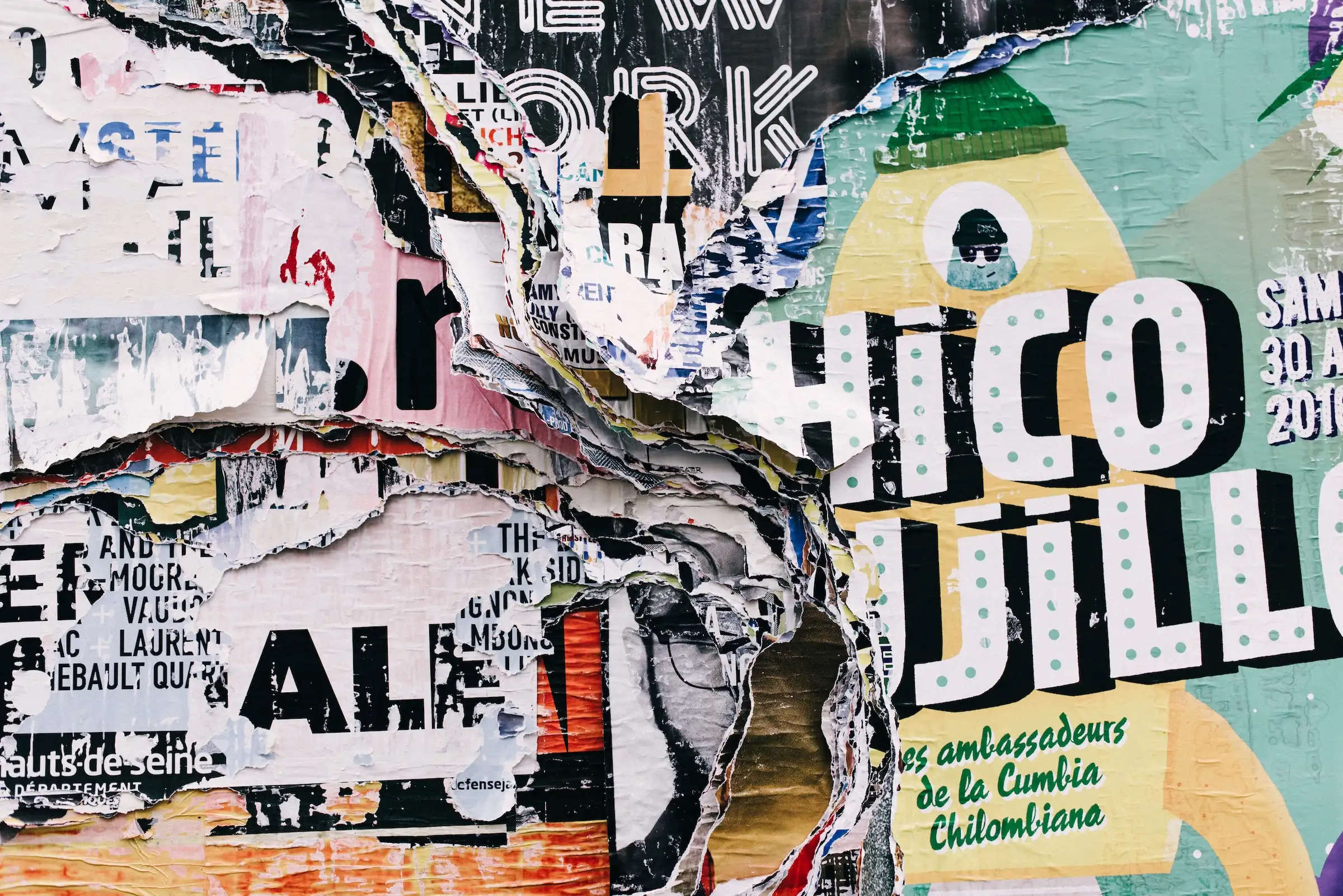Synesthetic Art: A Dive Into Its Origins, Techniques, And Digital Evolution

Synesthetic Art is an avant-garde form of creativity that transcends the traditional boundaries of sight and sound. It aims to merge diverse senses into a harmonious and immersive experience.
In this article, we delve into the vibrant world of Synesthetic Art, uncovering its origins, techniques, and the profound impact it has on our perception of art.
The Synesthetic Spectrum:
Synesthesia is a neurological condition that occurs when one sensory channel is stimulated, resulting in involuntary feelings in another. Artists use this special ability to produce works that stimulate numerous senses simultaneously.
Imagine seeing colors in response to music or savoring flavors through the touch of a texture. Synesthetic Art unlocks a realm of possibilities, blurring the lines between sensory experiences.
The roots of Synesthetic Art trace back to the early 20th century, with pioneers like Wassily Kandinsky and Alexander Scriabin. Kandinsky, a renowned abstract painter, claimed to see colors and shapes in response to music, leading to his groundbreaking paintings like "Composition VI" and "Yellow-Red-Blue."
Similarly, Scriabin, a Russian composer, aimed to create a multimedia experience by associating colors with musical tones in his symphonies.
Techniques in Synesthetic Art:
a. Cross-Sensory Palette:
Synesthetic artists often employ a cross-sensory palette, using one form of expression to influence another. A painter might choose colors based on the emotional tones of a piece of music, creating a visual representation of auditory sensations.
b. Interactive Installations:
Advancing technology has ushered in a new era of Synesthetic Art, marked by the rising popularity of interactive installations. Utilizing sensors, virtual reality, and augmented reality, artists create immersive environments where spectators can experience a harmonious blend of sight, sound, and touch.
Famous Synesthetic Artists:
a. David Hockney:
The celebrated British artist, David Hockney, is known for his vibrant and unconventional approach to art. Hockney experiences synesthesia, and this unique perspective is reflected in his work. His paintings often carry a rhythmic quality, with colors dancing in harmony much like a musical composition.
b. Christine Sun Kim:
A contemporary artist, Christine Sun Kim, explores the intersection of sound and visual art. Deaf since birth, Kim's work challenges traditional notions of sensory experience. Through her innovative use of materials and performance art, she invites audiences to reconsider the boundaries between hearing and seeing.
Synesthetic Art in the Digital Age:
As technology continues to evolve, Synesthetic Art finds new avenues for expression. Virtual reality experiences, interactive online platforms, and sensory-rich digital installations push the boundaries of what is possible, allowing a global audience to engage in multi-sensory art from the comfort of their homes.
Engaging with Synesthetic Art challenges conventional perceptions and enriches our understanding of the interconnectedness of the senses. By immersing oneself in a multi-sensory masterpiece, viewers can experience a heightened sense of connection and a deeper emotional resonance with the artwork.
Synesthetic Art stands as a testament to the boundless nature of human creativity. As artists continue to explore the fusion of senses, the world of art becomes a playground for innovation and expression.
Through the lens of synesthesia, we not only see and hear but also feel and taste the intricate dance of colors, sounds, and emotions—an invitation to a truly immersive artistic experience.
.jpg)
